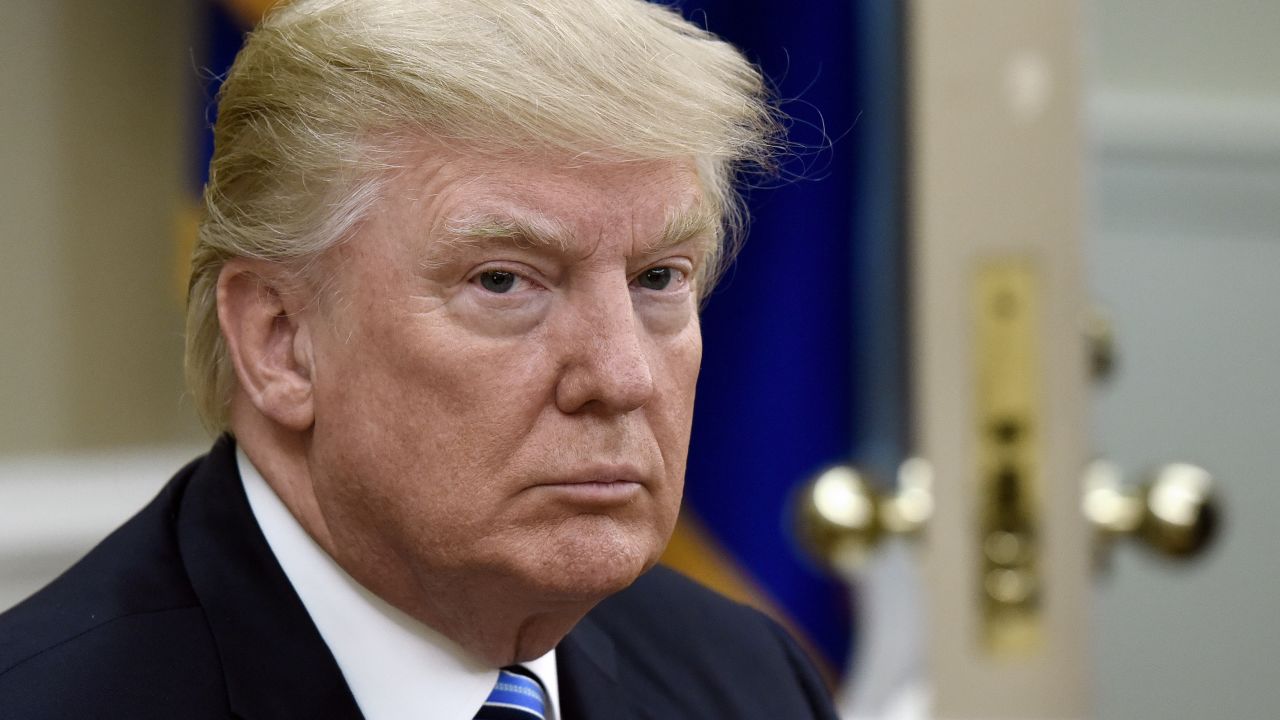
Trump’s Tariffs and the Game Theory Playbook: What Negotiators Can Learn
By Sakshi Gaurav Jalan | Basant Advisors
Published: July 30, 2025 |
In the world of global negotiations—be it diplomacy, trade, or business—the outcomes often depend less on what is said across the table and more on how the table itself is set. One leader who understood this principle better than most is former U.S. President Donald Trump.
While his trade policies—especially tariffs—were often described as brash or disruptive, a deeper look reveals something more strategic at play: the application of game theory.
What Is Game Theory, and Why Does It Matter?
At its core, game theory is the study of strategic interaction—how decisions are made when the outcome depends not just on your own actions but also on how others respond.
In real-world negotiations, it means thinking several moves ahead, shaping incentives, and limiting the choices of your counterpart. Success isn’t always about compromise—it’s about designing a situation where the other party’s best option is to choose what you want.
Trump’s tariff tactics offer a textbook case of how to do just that.
Trump Didn’t Wait to Negotiate—He Acted First
Unlike traditional leaders who initiate talks before enforcing measures, Trump flipped the script.
He imposed tariffs first—then invited countries to the negotiating table. This wasn’t diplomatic recklessness. It was calculated pressure.
Recent examples:
-
A 25% tariff on Indian imports, with added penalties tied to oil imports from Russia
-
A 35% duty on Canadian goods
-
A 30% tariff on products from Mexico and the EU
-
A blanket proposal of 15–20% tariffs on several major trade partners
These weren’t opening bids—they were non-negotiable starting points, designed to corner trade partners and force a reaction.
Restructuring the Playing Field Before the Game Begins
One of the most powerful principles in game theory is to set the structure before engagement begins. Trump mastered this by controlling the narrative in advance—through media leaks, public statements, tweets, and official declarations.
By the time his counterparts responded, the terms were already set. The options? Concede to pressure, or risk economic fallout.
A similar strategy was used by the EU during Brexit negotiations. The EU refused to discuss future trade until the UK agreed to withdrawal terms. That sequence removed the UK’s leverage—just like Trump’s early tariff declarations eliminated room for manoeuvre.
Why Limiting Choices Creates Leverage
When you reduce the options available to the other side, you increase your own bargaining power. Trump’s tariff strategy forced countries into reactive mode—they could either suffer the economic hit or return to the table with limited alternatives.
The key here was credibility. Trump didn’t bluff. If he announced a tariff, he followed through. That consistency made his threats real, increasing their power.
When he sent a formal letter to EU Commission President Ursula von der Leyen threatening 30% tariffs on top of existing ones, the EU’s immediate response wasn’t acceptance—but willingness to negotiate. That alone was a win.
Using Psychological Pressure: The Loss Aversion Effect
Another clever tactic embedded in Trump’s approach was framing negotiations around potential loss. Studies show people are more driven to avoid losses than they are to pursue gains.
Trump used this insight repeatedly—setting deadlines, issuing ultimatums, and presenting consequences rather than benefits. He made trade partners feel that not acting was costlier than acting, creating a constant sense of urgency.
This tactic shifted negotiations from opportunity-seeking to damage control—and in that environment, concessions come quicker.
The Power of Commitment and Alternatives
Game theory teaches us that two factors create true leverage:
-
Commitment: If your counterpart believes you won’t back down, they’re more likely to bend.
-
Credible alternatives: If they think you can walk away or find another partner, your bargaining position improves.
Trump signalled both. He committed to tariffs through executive orders and public declarations. At the same time, he hinted at alternate supply chains, reshoring production, and domestic sourcing—even when those alternatives weren’t immediately feasible, the suggestion was enough to shift the dynamics.
Avoiding Deadlocks by Raising the Stakes Early
In any complex negotiation, a deadlock is always a risk. Trump’s tactic to avoid this? Make the cost of doing nothing too high—right from the beginning.
Through public announcements, rapidly approaching deadlines, and escalating penalties, Trump ensured that inaction seemed dangerous. He didn’t wait for a crisis—he created controlled ones to move the process forward.
His current approach to Russia—using tariffs to pressure an end to the Ukraine conflict—is yet another example. Whether it succeeds or not, the goal is clear: force movement by making stalling painful.
Conclusion: Control the Game, Not Just the Conversation
Trump’s tariffs weren’t just economic tools—they were strategic signals. They shifted the power balance before talks began, leaving countries with fewer options and less time.
This approach—however controversial—has proven effective in many cases. Countries that were initially resistant found themselves back at the table, sometimes agreeing to revised terms, or at least re-engaging in talks.
For negotiators, investors, and policymakers alike, the lesson is powerful:
Control over the negotiation starts with control over its structure.
Shape the game—not just the play—and the outcomes shift in your favour.
Trump understood that the perception of power is power. His use of tariffs demonstrates that in today’s interconnected world, strategy begins before a single word is exchanged.
 30 Jul 2025
30 Jul 2025